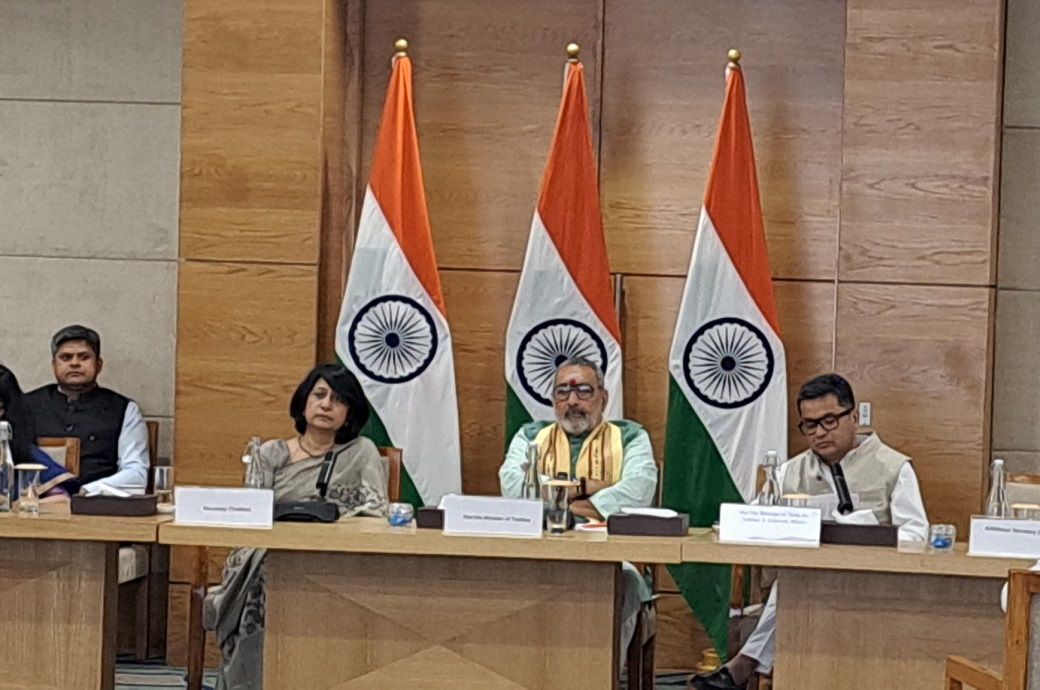

The meeting was attended by representatives from the Confederation of Indian Textile Industry (CITI), Southern India Mills Association (SIMA), Apparel Export Promotion Council (AEPC), South Gujarat Chamber of Commerce and Industry (SGCCI), Reliance Industries Limited, Trident Group, and several other organisations and companies.
“Interaction with associations, entrepreneurs and stakeholders in the field of textiles, handlooms, natural and man-made fibre value chains. Collectively we will achieve our goal of $350 billion industry and $100 billion exports by 2030,” Singh said in a post on X.
After the meeting, Ashish Gujarati, the vice president of SGCCI, told Fibre2Fashion, “The industry focused on raw materials availability at globally competitive prices and quality. Currently, our country is facing an unprecedented shortage of Purified Terephthalic Acid (PTA), which is disrupting the production of polyester textile products.”
Gujarati raised concerns about the slow growth of the industry due to various reasons. He mentioned that our export share in the global market is projected to remain in single digits in both 2030 and in 2047, when India completes 100 years of independence. However, it should be 15-20 per cent by 2030 and 30 per cent by 2047 according to the government’s vision. The industry demanded the allowance of speciality yarn imports due to their non-availability in the country. Important raw materials should be included in the Production Linked Incentive (PLI) scheme.
Fibre2Fashion News Desk (KUL)